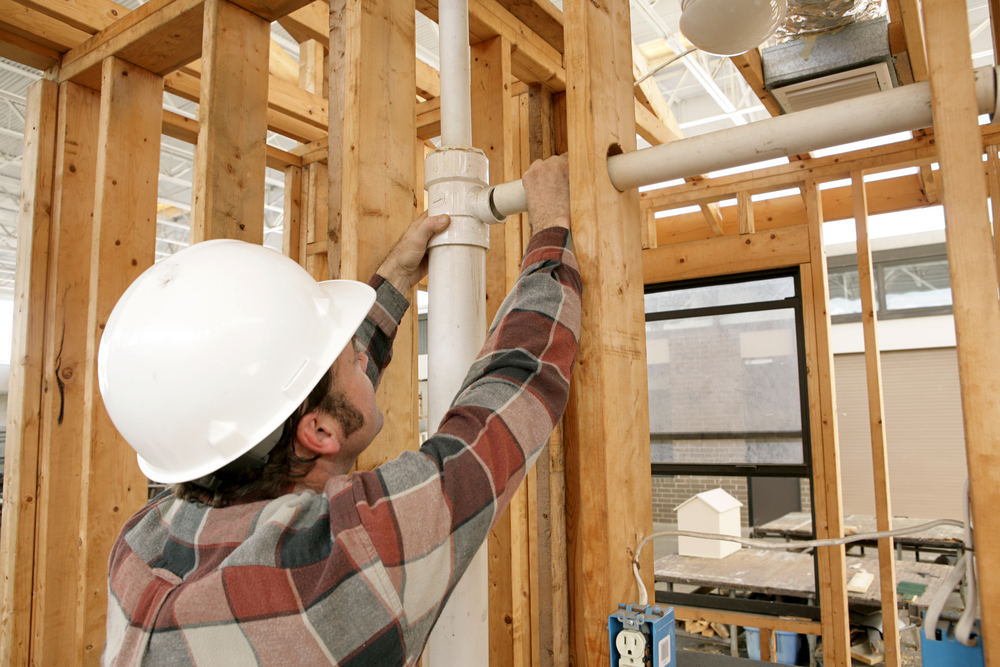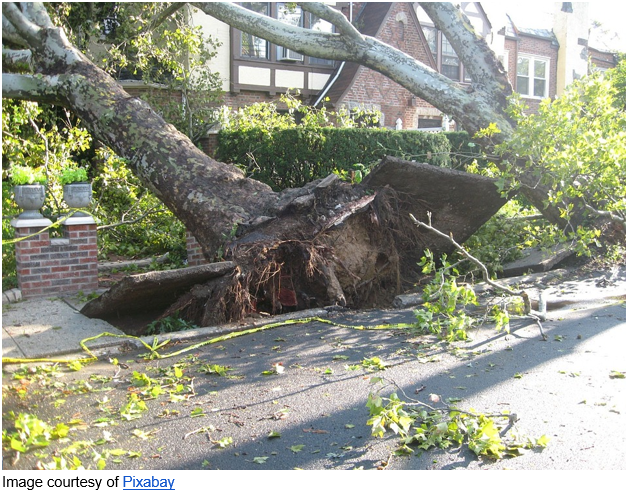How to Get a Construction Loan: Step-by-Step Guide for Home Builders
Securing financing is one of the most important steps when building a new home. Unlike a traditional mortgage, which pays for an existing property, a construction loan finances your home as it is being built. Because the process is more detailed, knowing each step ahead of time will help you avoid delays and ensure your project starts on solid ground. This guide breaks down the step-by-step process of getting a construction loan so you know what lenders expect and how to prepare.
Step 1: Prequalification and Financial Preparation
Lenders want to be sure you can handle the financial responsibility of a home build. Before anything else, you’ll need to go through prequalification. This step evaluates your credit score, income, debts, and savings. Most lenders require a strong credit score—typically 680 or higher—and a down payment of at least 20%.

It’s wise to review your finances in advance, reduce debt where possible, and gather documents such as tax returns, pay stubs, and bank statements. A solid financial profile not only improves your chances of approval but may also help you secure a lower interest rate.
Step 2: Gather Required Documentation
Unlike a mortgage, a construction loan requires more than proof of income. Lenders need detailed information about the project itself. Expect to provide:
- Finalized house plans with dimensions and specifications.
- A line-item cost estimate covering materials, labor, and permits.
- A signed contract with a licensed builder.
- Proof of builder’s insurance and credentials.
- A proposed construction timeline.
These documents give lenders confidence that the home will be built to code, within budget, and by professionals who can deliver on schedule.
Step 3: Builder Approval
One of the most unique aspects of the construction loan process is that lenders don’t just evaluate you—they also evaluate your builder. Banks want to work with contractors who have a strong track record, proper licensing, and financial stability. If your builder isn’t already approved by the lender, the bank will conduct its own review before moving forward.
This step protects both you and the lender. It ensures your home is being built by a qualified professional and reduces the risk of unfinished projects.
Step 4: Loan Application and Underwriting
Once prequalification is complete and documents are in place, it’s time to formally apply for the loan. During underwriting, the lender will carefully review your finances, builder information, and project details. They may also order an appraisal—based not on the current property but on the projected value of the completed home.
Because underwriting can take several weeks, staying organized and responsive to lender requests is critical. Missing paperwork or unanswered questions can delay approval and push back your build timeline.
Step 5: Loan Approval and Closing
If underwriting is successful, the lender will issue final approval. At closing, you’ll sign loan documents similar to a mortgage closing, but instead of a lump-sum disbursement, the funds will be set aside for use during construction. Closing costs are typically higher for construction loans, so be prepared for additional fees beyond what you’d expect in a mortgage closing.
Step 6: Draw Schedule and Inspections
After closing, your builder begins work and draws on the loan in stages. These stages—called a draw schedule—correspond to construction milestones such as foundation, framing, roofing, and interior finishing. Before releasing funds for each stage, the lender sends an inspector to verify progress.

This system ensures the money is being used as planned and that the home is progressing according to schedule. It also gives you peace of mind that the project is being closely monitored.
Step 7: Interest-Only Payments During Construction
While your home is under construction, you’ll make interest-only payments on the loan. The interest is based only on the funds that have been drawn, not the full loan amount. This keeps monthly payments manageable while you’re waiting for your home to be completed.
Step 8: Transition to a Permanent Mortgage
When construction is finished, the loan balance becomes due. Most homeowners either refinance into a traditional mortgage or use a construction-to-permanent loan that automatically converts. At this stage, your payments shift from interest-only to full principal and interest—similar to a standard mortgage.
Why the Step-by-Step Process Matters
Understanding the full sequence of how to get a construction loan makes the experience less intimidating. Instead of being surprised by extra paperwork or inspections, you’ll know what to expect at each stage. This preparation not only makes the process smoother but may also save you money by preventing delays or misunderstandings.
Final Thoughts
Getting a construction loan is more complex than applying for a mortgage, but with preparation and the right lender, the process can move efficiently. From prequalification to closing, each step ensures that your home will be built safely, on budget, and in compliance with lender requirements. By approaching the process step by step, you’ll feel confident in your ability to finance your dream home.
👉 Browse customizable house plans to pair with your construction loan and start planning the home that fits your vision.










Leave a Reply